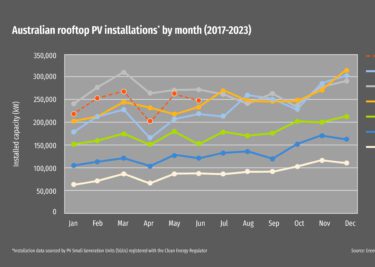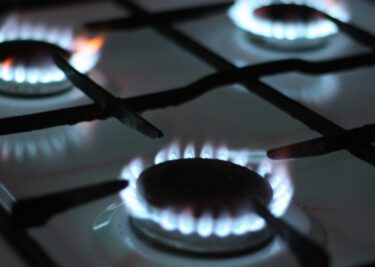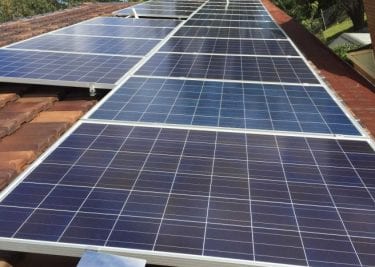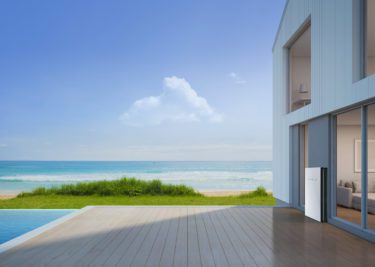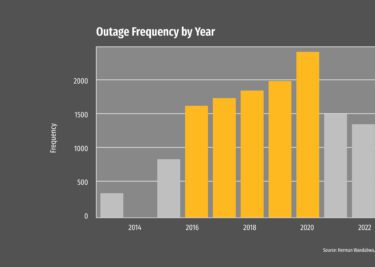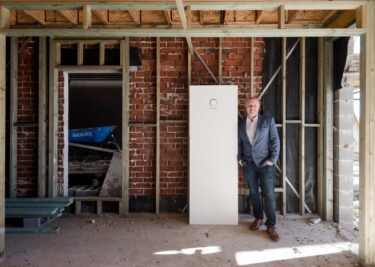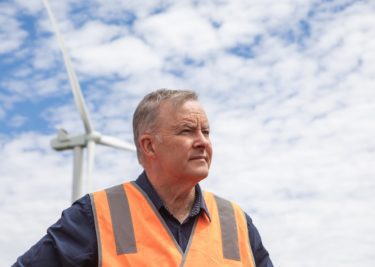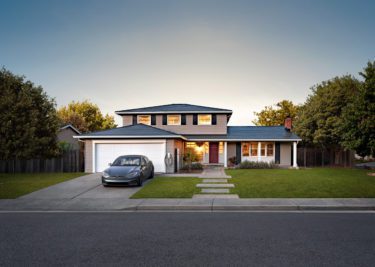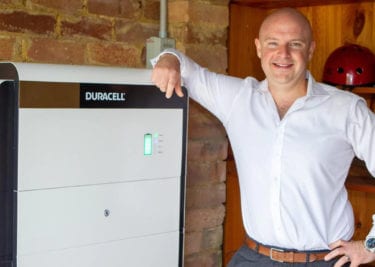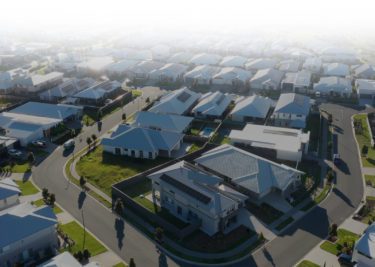Solar power is the oldest source of energy for human beings and has been popular since cavemen times, when it was used to make fires and dry food. Yet it is surprising how poorly it is really understood.
There is a lot of misinformation and many tangled myths about solar energy floating around out there (and some of them are real doozies), so it’s not surprising if even the most savvy energy consumer sometimes gets confused about how to sort out the truth from the fallacies.
Never fear – we’re here to help you out, and in this two-part series we are going to look at some of the most common myths relating to solar energy and the truth behind them.
Myth #1: Solar energy can’t be created at night by moonlight
With a lot of solar energy systems this is actually true. As the moon doesn’t actually produce any energy itself (as the sun does) but rather reflects the energy created by the sun, some solar systems are unable to pick up the reflected sunlight.
HOWEVER, high quality solar systems – such as the ones supplied by Natural Solar – are so efficient and sensitive (and all-round incredible) that they are still capable of producing solar energy from moonlight. Sure, your system won’t create nearly as much energy at night as it will on a sunny day, but the process will keep on happening on bright, moonlit nights. Amazing, right?
Myth #2: Solar systems are delicate
It makes a certain amount of sense that you might think technology as sophisticated and cutting edge as a solar system would be also be quite sensitive to harsh climates – but it’s not so! These systems are rigorously tested and designed to withstand extremes of temperature and all sorts of weather events. Not only that, but most solar systems require little or no ongoing maintenance. And if something goes wrong with one of the panels, then that individual panel can be lifted and replaced without interrupting the rest of the system. So it couldn’t be easier.
Myth #3: I can’t get a solar system because the roof of my house doesn’t have the right orientation
It’s possible that this is true, but in reality most properties can support a solar system. It might take a bit of creativity figuring how to lay it out – but that’s what our expert team at Natural Solar are here to do for you. Give us a call and organise a site visit and we will help you to work out the best way to get your property working from solar power.
We hope this clears up some of the myths floating around about solar energy. Check out the second part in this series for more solar myths debunked, and feel free to contact our team at Natural Solar any time if you have any other questions.Get your solar quote now!

